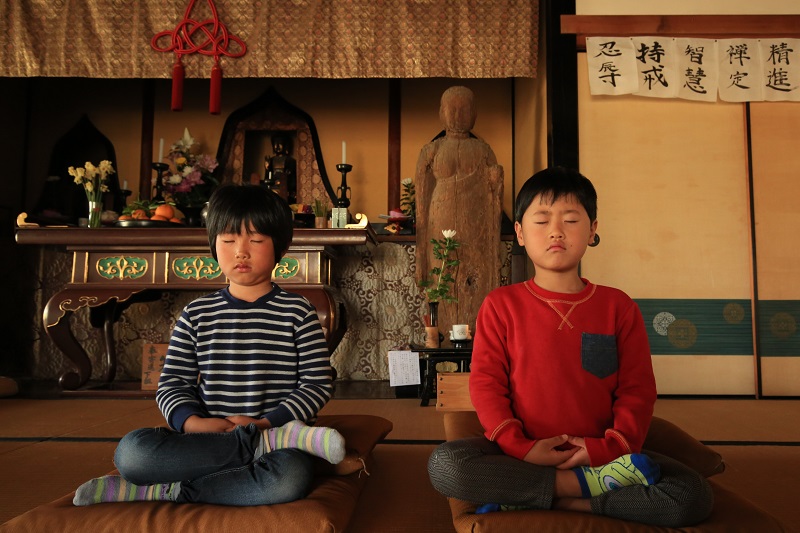Aug 28, 2023
Planning Your Trip to Shinshoji Temple
Much more than just another temple, Shinshoji offers visitors the chance to experience Zen through various activities. Even if you don’t partake in any organized activities, you’ll gain a greater understanding of Zen from wandering around the grounds and the trails in the forest that surround the temple.
About Shinshoji Temple
Shinshoji Temple was constructed in 1965 for the Rinzai Zen sect by a local architect. It is made up of a number of buildings, including the Shodo (which means pine hall), Somon (main gate), and Kaisando (a memorial to the first head priest of Shinshoji). There is also a building on the grounds that dates back to the 17th century. This was relocated from Shiga prefecture and now houses the bathhouse and one of the teahouses of the temple.
Zen Artwork
Shinshoji Temple is known for its artwork. It has a permanent collection in Shogondo gallery featuring paintings and calligraphy made by Hakuin Ekaku, one of the most important figures in Zen Buddhism.
In addition, the KOHTEI structure is a work of art on its own. It is shaped like a massive ship that appears to float on the landscape. It mixes modern with traditional architecture through the use of wooden shingles. Visitors access the structure by walking up a slope to the small entrance where they meet a dark interior that looks out at the ripples on the water.
Meditation Experiences
Visitors can take part in two types of meditation experiences at Shinshoji Temple. The first is zazen, a seated meditation that involves clearing the mind. The other is sutra copying. The aim of this exercise is to enter a trance called samadhi where you leave all your thoughts unrelated to writing behind.
Options for Refreshment
Even eating at Shinshoji Temple can be a Zen experience. One example of this is the udon offering, which occurs on the 4th, 9th, 14th, 19th, 24th, and 29th of each month. The meal begins with reading of sutras, one of which is called Five Meal Contemplations. You can join the monks in this practice by signing up for the Zen Experience, which also includes zazen, sutra copying, and tea. Alternatively, udon noodles are available at the restaurant any day of the month between 11:30 a.m. and 2:30 p.m.
Tea is also available to all visitors in the teahouses. Shuroken holds tea ceremonies with matcha tea and sweets whereas Gankuin serves sencha tea. If you prefer coffee, find it at KOHTEI.
Visiting the Bathhouse
A final activity open to visitors is the bathhouse. This is important in Zen because bathing is part of a daily routine where practitioners wash away their physical and spiritual dirt. Entrance to the bathhouse has an additional fee.
The nearest city to Shinshoji Temple is Fukuyama. You can reach the temple from the city by taking a bus to Tenjinyama stop or (on weekends only) to Shinshoji stop. There are also some buses from Tomonoura to Shonan High School, from which it is a 30-minute walk to the temple.
柴田 親志, CC BY-SA 4.0, via Wikimedia Commons


About the author